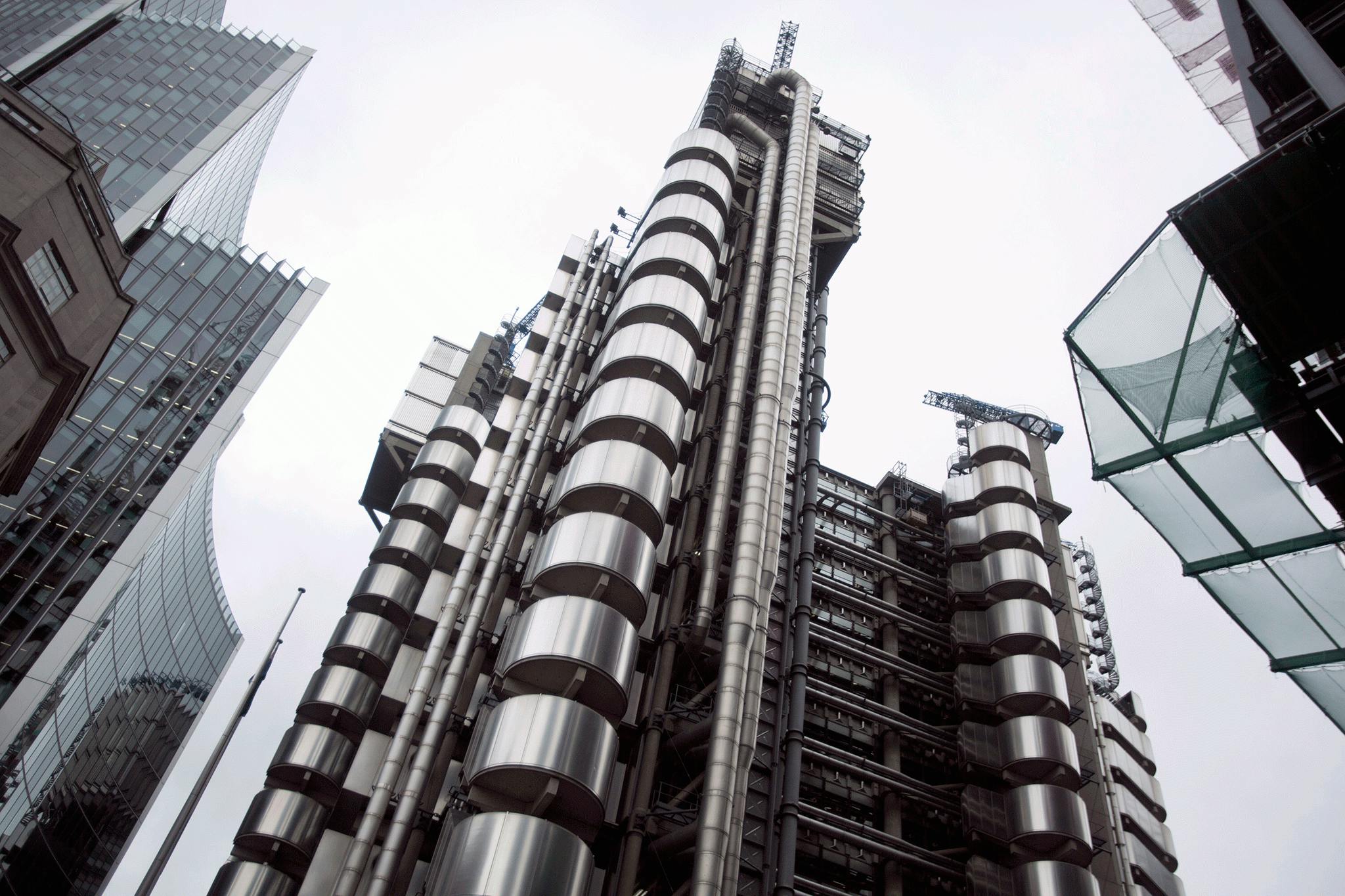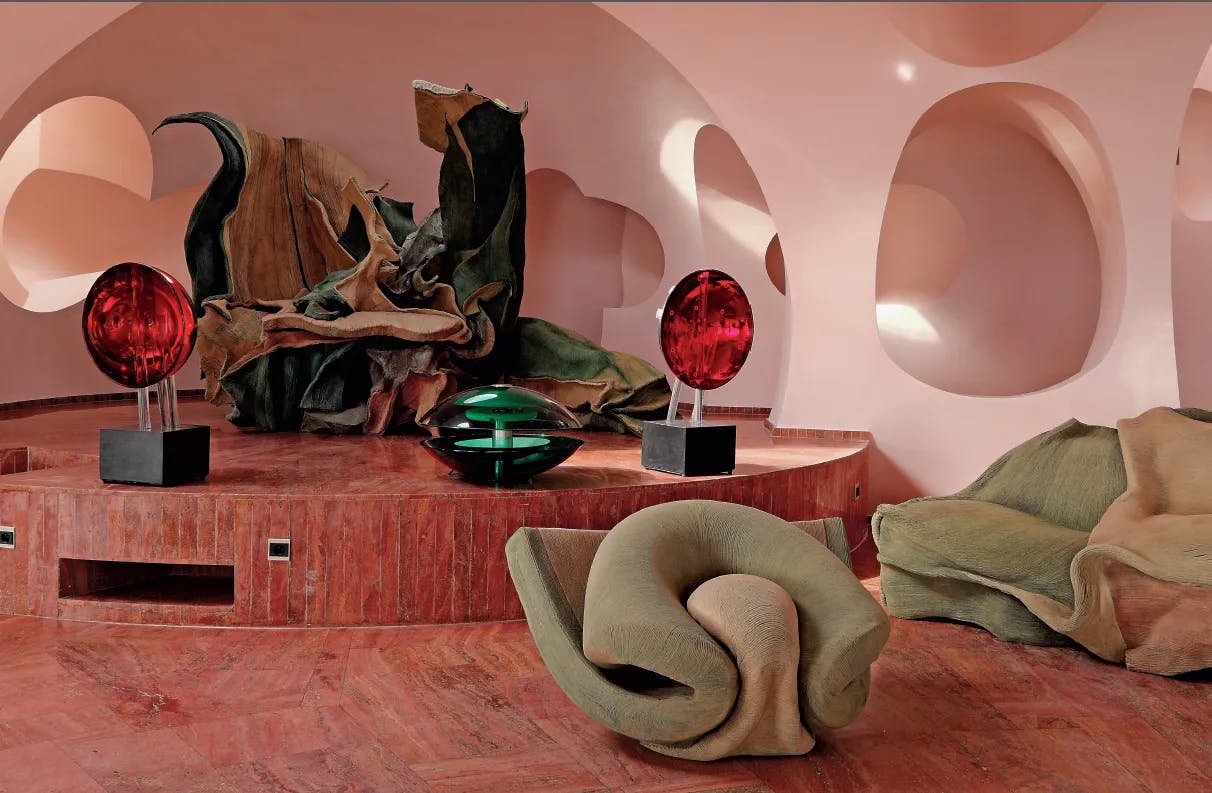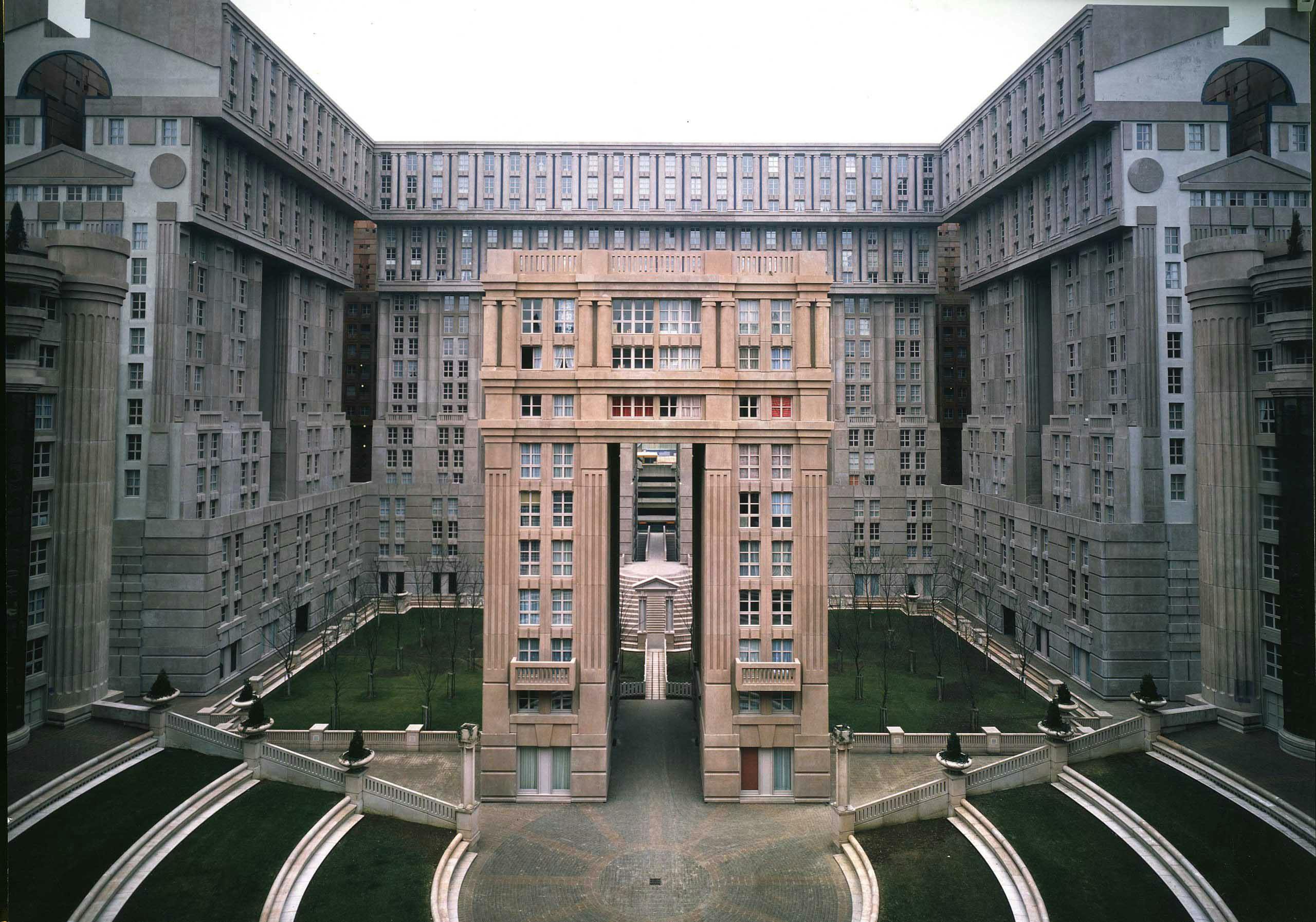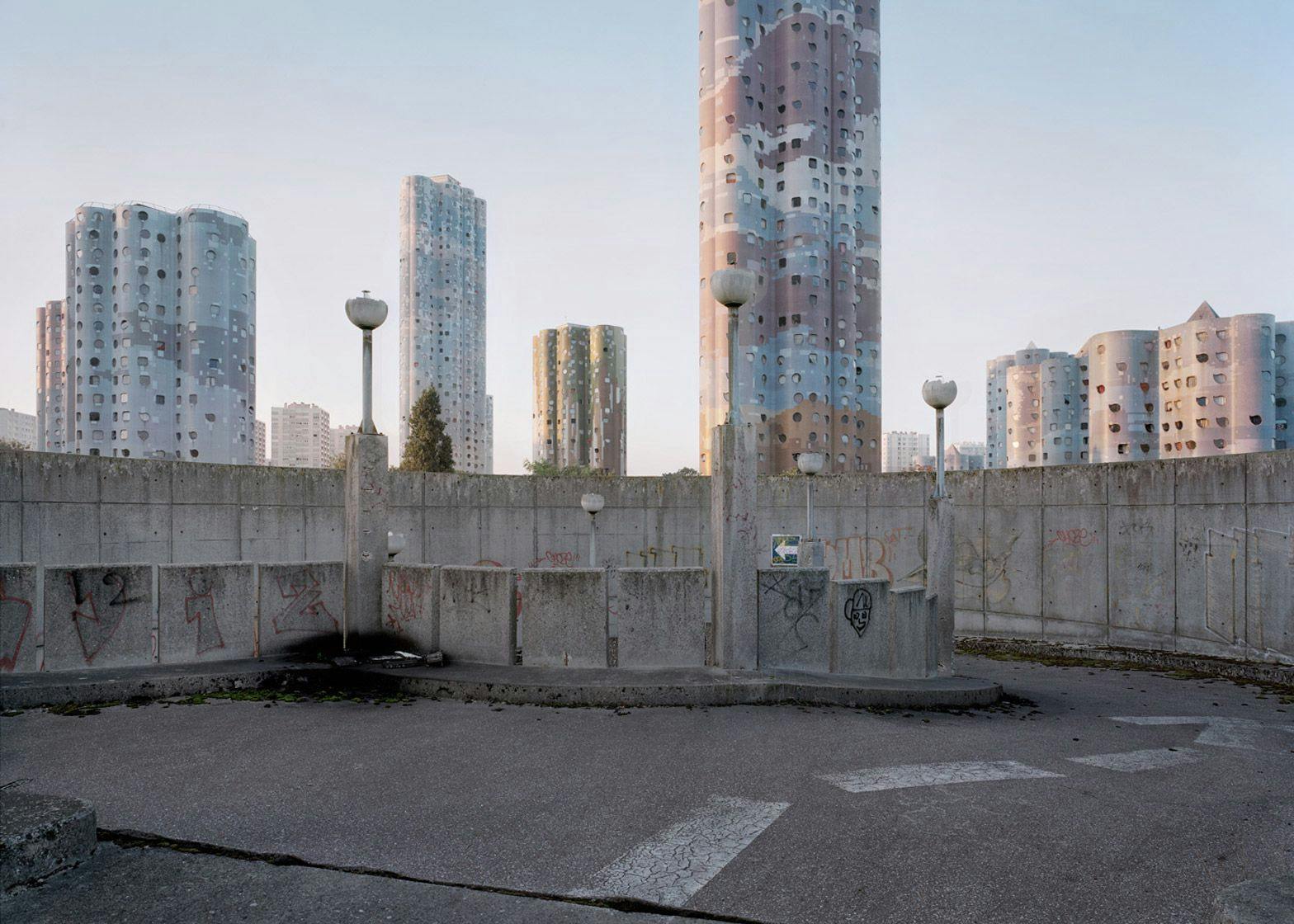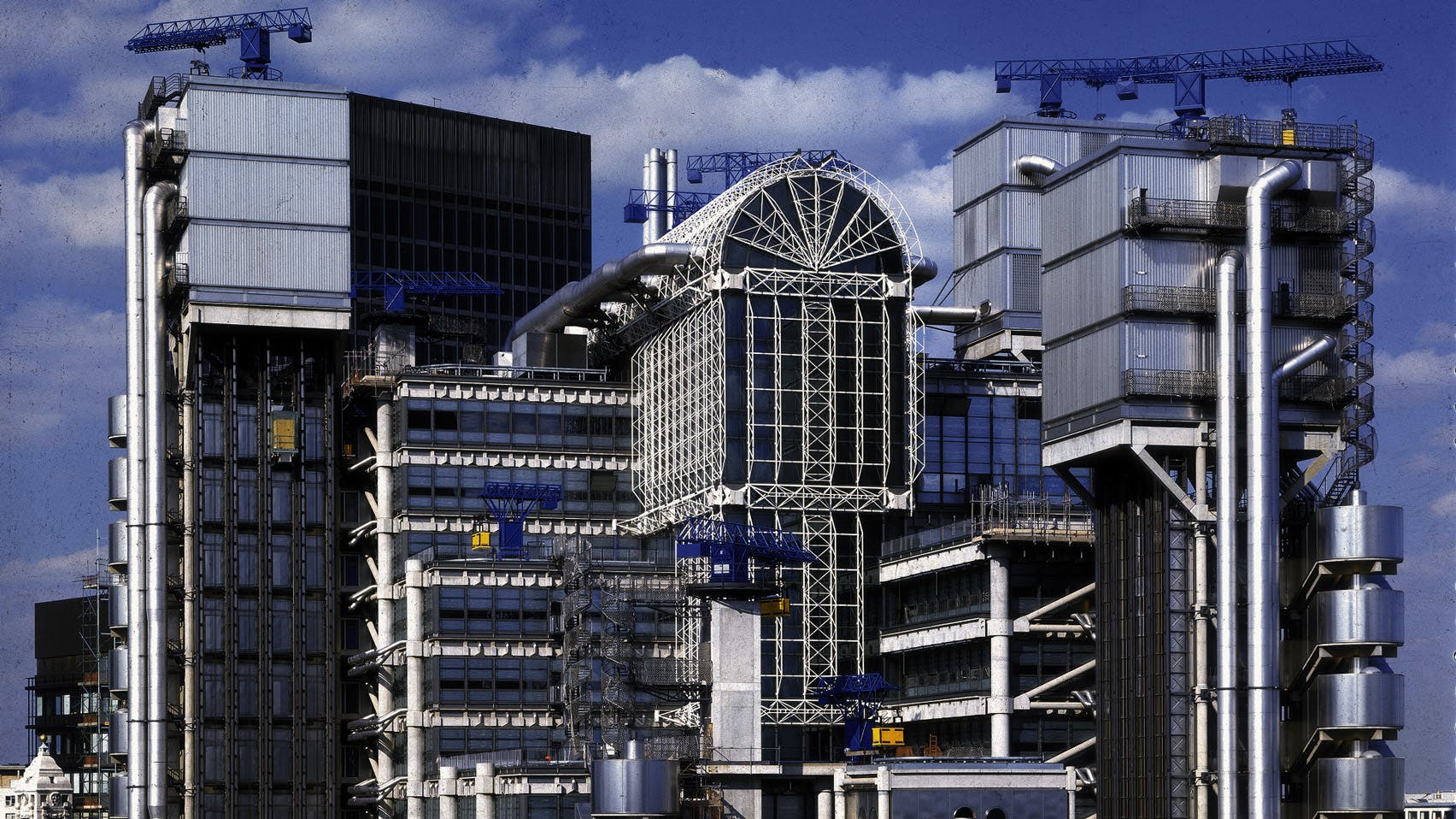
Lloyd's building
The Lloyd's Building in London, designed by Richard Rogers and completed in 1986, is famous for its "inside-out" design. With its exposed elevators and ducts on the exterior, it exemplifies high-tech architecture and has become a modern landmark in the city's financial district.
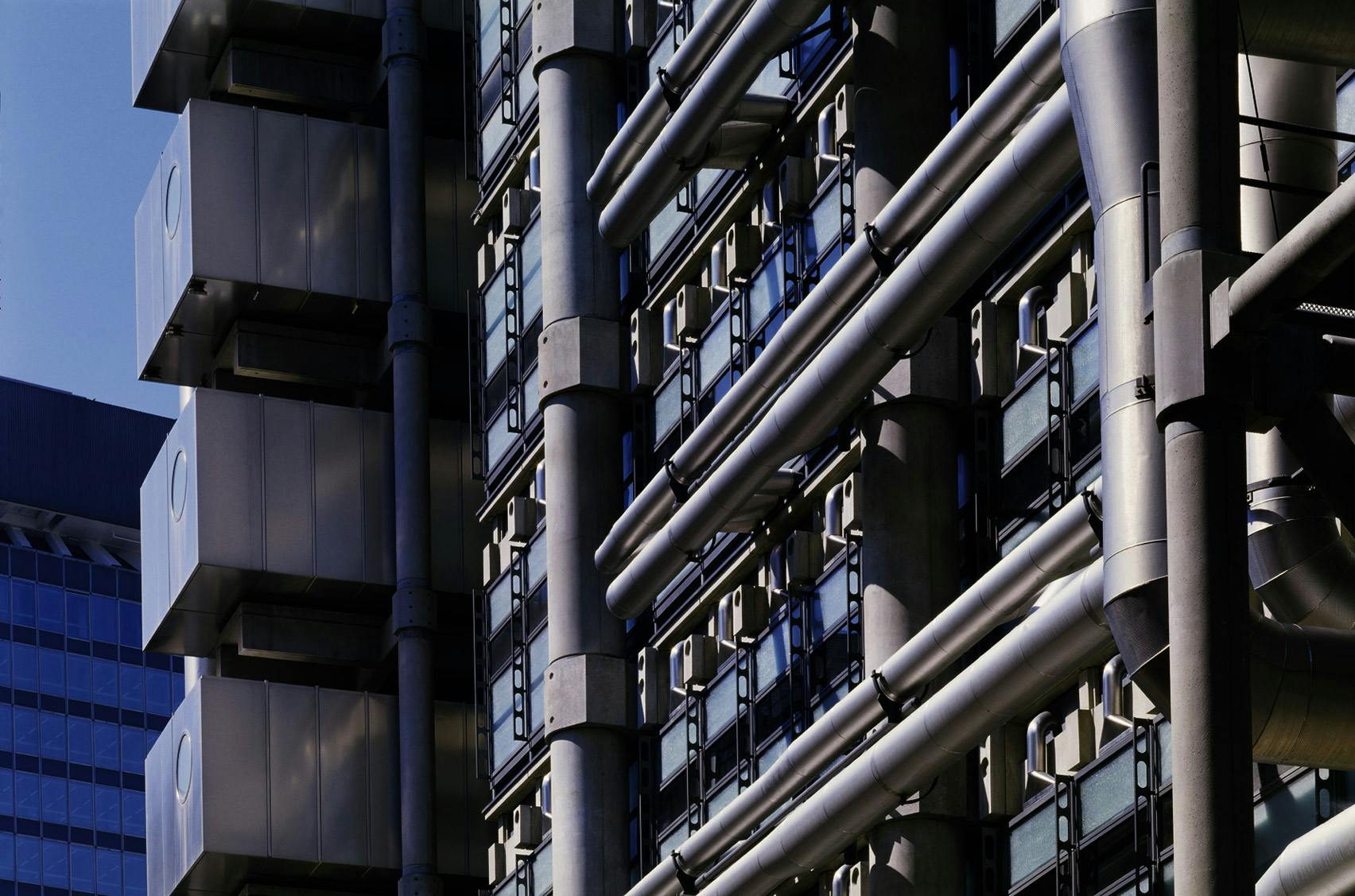

The Lloyd's Building, often referred to as the "Inside-Out Building," is a striking example of high-tech architecture located in London's financial district. Completed in 1986, it was designed by the renowned architect Richard Rogers, who also co-designed the Pompidou Centre in Paris. The building serves as the headquarters of Lloyd's of London, the world's leading insurance market.
What sets the Lloyd's Building apart is its revolutionary design. Rogers took an unconventional approach by placing the building's services—such as staircases, elevators, water pipes, and electrical conduits—on the exterior. This not only freed up the internal space but also gave the building its distinctive industrial aesthetic. The exterior, with its exposed metal framework and glass, showcases the building's functionality, turning what are typically hidden elements into key design features.
The building consists of three main towers and three service towers surrounding a central rectangular atrium. The use of glass allows for ample natural light to flood the interior, while the open floor plan provides flexible working spaces. The central atrium, topped with a barrel-vaulted glass roof, creates a dramatic internal space that contrasts with the rugged exterior.
One of the building's most innovative features is its adaptability. Rogers designed the structure to allow for easy modifications. Each floor is supported by a grid of columns, meaning that floors can be added, removed, or reconfigured without affecting the overall structure. This forward-thinking design ensures that the building can meet the changing needs of its occupants over time.
The Lloyd's Building has received numerous accolades for its design and remains a symbol of modern architectural innovation. Its futuristic appearance has made it a prominent landmark in London, reflecting the city's blend of tradition and cutting-edge design.
